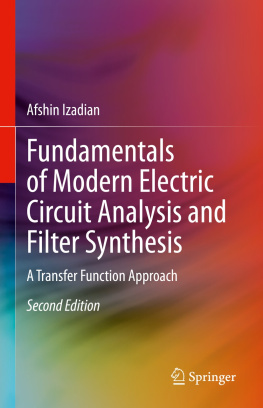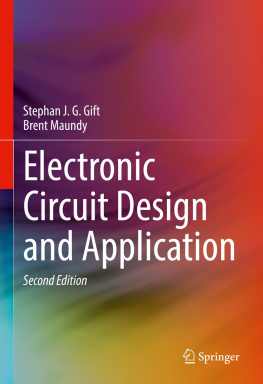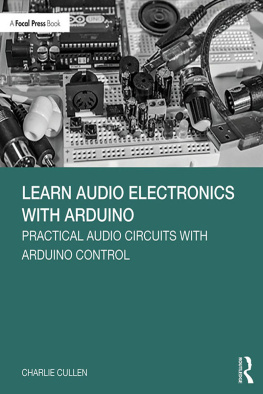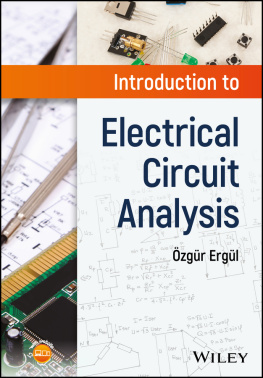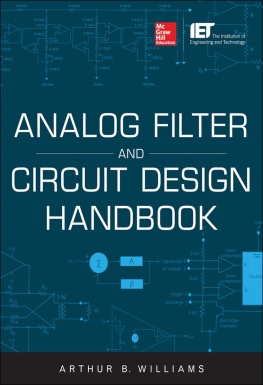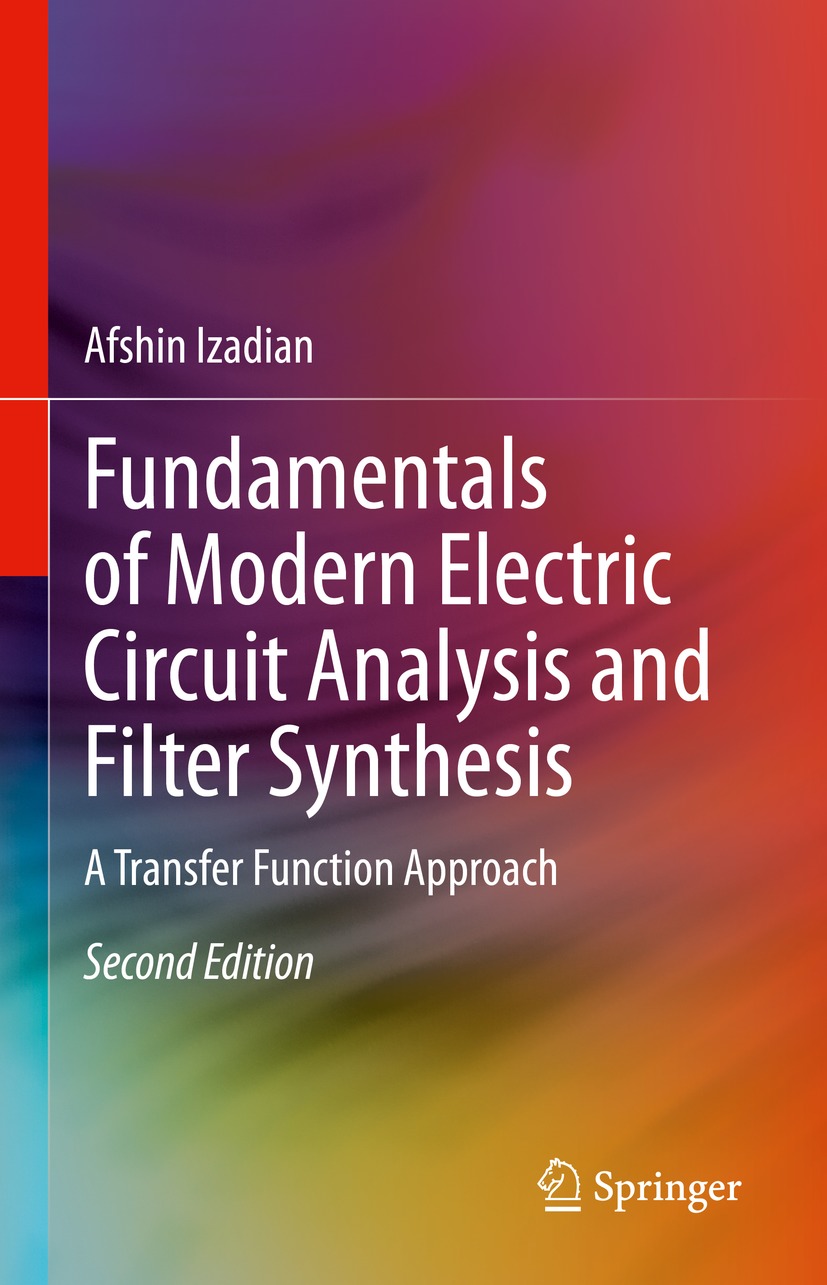Afshin Izadian
Associate Professor, Purdue University, Indianapolis, IN, USA
ISBN 978-3-031-21907-8 e-ISBN 978-3-031-21908-5
https://doi.org/10.1007/978-3-031-21908-5
The Editor(s) (if applicable) and The Author(s), under exclusive license to Springer Nature Switzerland AG 2023
This work is subject to copyright. All rights are solely and exclusively licensed by the Publisher, whether the whole or part of the material is concerned, specifically the rights of translation, reprinting, reuse of illustrations, recitation, broadcasting, reproduction on microfilms or in any other physical way, and transmission or information storage and retrieval, electronic adaptation, computer software, or by similar or dissimilar methodology now known or hereafter developed.
The use of general descriptive names, registered names, trademarks, service marks, etc. in this publication does not imply, even in the absence of a specific statement, that such names are exempt from the relevant protective laws and regulations and therefore free for general use.
The publisher, the authors, and the editors are safe to assume that the advice and information in this book are believed to be true and accurate at the date of publication. Neither the publisher nor the authors or the editors give a warranty, expressed or implied, with respect to the material contained herein or for any errors or omissions that may have been made. The publisher remains neutral with regard to jurisdictional claims in published maps and institutional affiliations.
This Springer imprint is published by the registered company Springer Nature Switzerland AG
The registered company address is: Gewerbestrasse 11, 6330 Cham, Switzerland
Preface
In the second edition, the content of each chapter has been enhanced with numerous solved problems. Some topics have been added to cover most of the material taught in electric circuits for undergraduate students. The end-of-chapter problems have been advanced to provide a guided study for students. However, each chapters depth of solved problems lays out the foundation expected for most undergraduate-level circuit requirements. The focus on filters and their transfer functions has advanced to understand the subjects better.
The book can cover two semesters of electric circuits. The first course may include Chaps. , covers the analysis of electric circuits in the frequency domain with the transfer function approach.
Chapter covers electric circuits basics by introducing some measurement units and their conversions. Circuit elements and their schematics are introduced, and several examples of electric circuits are provided. Students familiarize themselves with the units used in the book and understand the importance and application of electric circuits.
Chapter . Several switching elements are introduced with their detailed operations. Mechanical and electrical switches and their applications are discussed. Dependent and independent sources are introduced. Linear time-invariant circuits and superposition are introduced through several examples.
Chapter .
Chapter covers the concept of the order of a circuit. The first-order circuits and second-order circuits are introduced as an introduction to time-based circuit analysis. Several examples are introduced to help students classify the circuits and predict their behavior. Natural response and forced response are discussed. Students also learn to obtain the circuit parameters by analyzing the time-based responses.
Chapter covers the basics of sinusoidal AC circuit analysis in LTI. This starts with a coverage of complex math calculations. The foundations of phase shift, lead, and lag circuits are discussed. The idea of reactance is introduced, and several circuits are analyzed. Accordingly, the power factor and resonance are introduced through several examples. The power calculations in AC circuits are introduced and covered in-depth. This section also includes the Thevenin-Norton equivalent for AC circuits. The maximum power transfer for the AC circuits is also introduced.
Chapter covers the fundamentals of mutual inductance and their equivalent circuits. The concept of induced voltage through mutual inductance is introduced. Accordingly, transformers are introduced, and their power, voltage, and current are analyzed.
Chapter covers the fundamentals of the Laplace transformation and its application in circuit analysis. Basic mathematical analysis of the Laplace transformations and operations are also introduced for signals and waveforms. They are identified as the input and output of the circuits to prepare for the transfer function analysis. The frequency domain analysis of simple circuits with various inputs is introduced.
Chapter covers the transfer functions, their definition, various forms of system combination, and feedback systems. The transfer function is obtained for single-loop systems and systems with multiple inputs and multiple outputs. The initial and final value theorems are introduced, and the systems steady-state responses are analyzed accordingly. First-order system transfer functions second order systems are analyzed in the frequency domain. The frequency response of the systems is analyzed, and their Bode diagrams are obtained. This chapter also covers the state space representation of the systems.
Chapter covers the design and analysis of passive filters. Various filters are introduced and designed in the form of hardware (circuits) and software (computer code). Filter transfer functions are analyzed, and their basic operations are improved to design better filters. A free-style software design that matches the filter circuit transfer functions is introduced. RLC resonant circuit is used for this purpose to form filters. Butterworth filters are designed to improve their operation. Higher-order filters are also designed to obtain the desired performance.
Chapter covers the principles of operational amplifiers. Several design principles are covered, and simple circuits are introduced to help students understand the approach to analyzing the Opamp circuits. Opamps are also utilized to solve differential equations. This chapter introduces the design of analog computers and PID controllers.
Chapter covers the active filters in various forms. Simple circuits are designed with the approach to control the feedback impedance or the input impedance. Filter hardware is analyzed, and the transfer functions are obtained. Non-resonant-based filters are introduced, and their circuits are analyzed. Multi FeedBack (MFB) circuits are introduced, and methods to obtain various filters are discussed.
Chapter covers two-port networks. Several representation methods in impedance, admittance, and transmission matrices are introduced. These matrices are often obtained through several methods explained in numerous examples.
The new edition of this textbook is intended to be useful for all engineering and other majors. Thanks to Ms. Han Shi, who tirelessly helped prepare the figures. The content of this book is constantly in improvement. Your feedback enriches the topics and sheds light on shortcomings. Therefore, please forward your suggestions to improve the book to my institutional email address or Springer.

